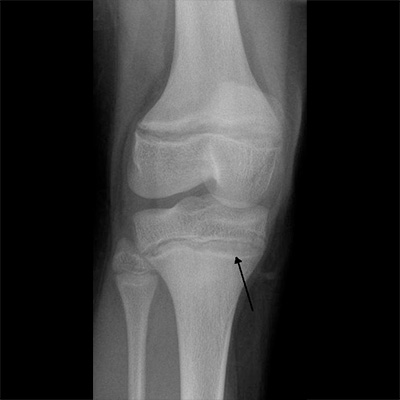Flint residents exposed to levels of lead only seen in Mexicans who eat Lucas Chili Powder and other Mexican candy
By ONANTZIN News
2016-01-31
Flint MI, -- Residents of Flint Michigan may have been unaware that they were drinking lead-tainted water, but there's a group of people in the United States that willingly swallows lead on a daily basis.
It may come as a surprise to many Americans, but 8 out of 10 Mexicans in the US have higher levels of lead in their blood than anyone in Flint, including residents who were exposed to water with the highest contamination levels. Even more astounding is that these groups of Mexicans seem to remain healthy -- for the most part.
This is according to new data reported by Dr. Luis Ramirez or Harbor UCLA, who works in predominantly Hispanic neighborhoods and is accustomed to seeing elevated levels of lead due to his patient's crack-like addiction to lead-tainted candy.
In a letter mailed to Flint's city officials on Monday, Dr. Ramirez attempted to ease fears about the city-wide exposure to lead by stating that the levels of 10 ppb (parts per billion) seen in Flint residents are concerning but well below the levels he detects in his healthiest patients, which can reach up to 15 ppb.
"I regularly see kids and adults with much higher levels, all from eating candy. They eat the candy, they drink it, they mix it with chilly powder and lime, and they even grind it and turn it into a powder that they can snort. I've seen it all," stated Dr. Ramirez. "Yet, despite some long-term side effects, such as listening to their annoying Narco Corridos and getting the urge to add Tapatio hot sauce to everything they eat (including popcorn, soda, takis, elotes, tamales, spaghetti, and even to their dog's food), there doesn't seem to be any serious damage from their exposure."
This news is certainly positive for Flint residents, but whereas Mexican communities have been dealing with lead poisoning for decades, residents of Flint Michigan are getting their first exposure and may therefore be more vulnerable to the effects. That is, it's possible that Mexicans have developed some kind of resistance to lead as a result of their continued exposure to it. An exposure that likely began at an early age. How early? Some believe as early as when the baby was still in the womb, absorbing lead thanks to the mother's cravings for Mexican candy.
This disparity in resistance can be seen in the side effects exhibited by Flint residents. In one household, with a level of 10 ppb, a 12 year-old boy broke out with rashes and skin discoloration. Little Samuelito, on the other hand, maintains a healthy level of 15 ppb and shows zero negative effects, thanks in part to his steady diet of Lucas Acidito, Vero Mango, Pelon Pelo Rico, Limon 7, Canel's Gum, and others. In fact, his mother even boasts that it's the candy that gives her rotund little angel his healthy, rosy cheeks.
Dr. Ramirez agrees that this is confounding, and says he has completely given up on educating his patients. In part, because he thinks Mexicans have already developed an immunity to lead, and also because his past efforts have been in vain.
In 2006, with the help of Dr. Ramirez and other clinicians, efforts were made to remove the lead-tainted candy from the shelves. With the help of state legislators, they were successful in getting three top candy makers, including subsidiaries of Mars and Hershey, to sign a first-of-its-kind settlement with the state of California, which called for annual audits of their companies and chili suppliers to test lead levels.
As a result, profits plummeted; Mexicans stopped buying the candy due to the lack of flavor and began importing the tastier, lead-tainted versions of the candy from Mexico, which has less stringent laws on candy manufacturers.
To date, it is believed that most of the Mexican candy sold throughout Mexican neighborhoods it's actually imported from Mexico.
In response to Dr. Ramirez' letter, consultants for the city of Flint have been tasked with studying the tolerance achieved by Mexican kids and teenagers to gather as much data as they can about their resistance to lead. They have been given the green light to draw blood from little Samuelito in the hopes of gaining valuable information that can be useful in assisting Flint residents.















